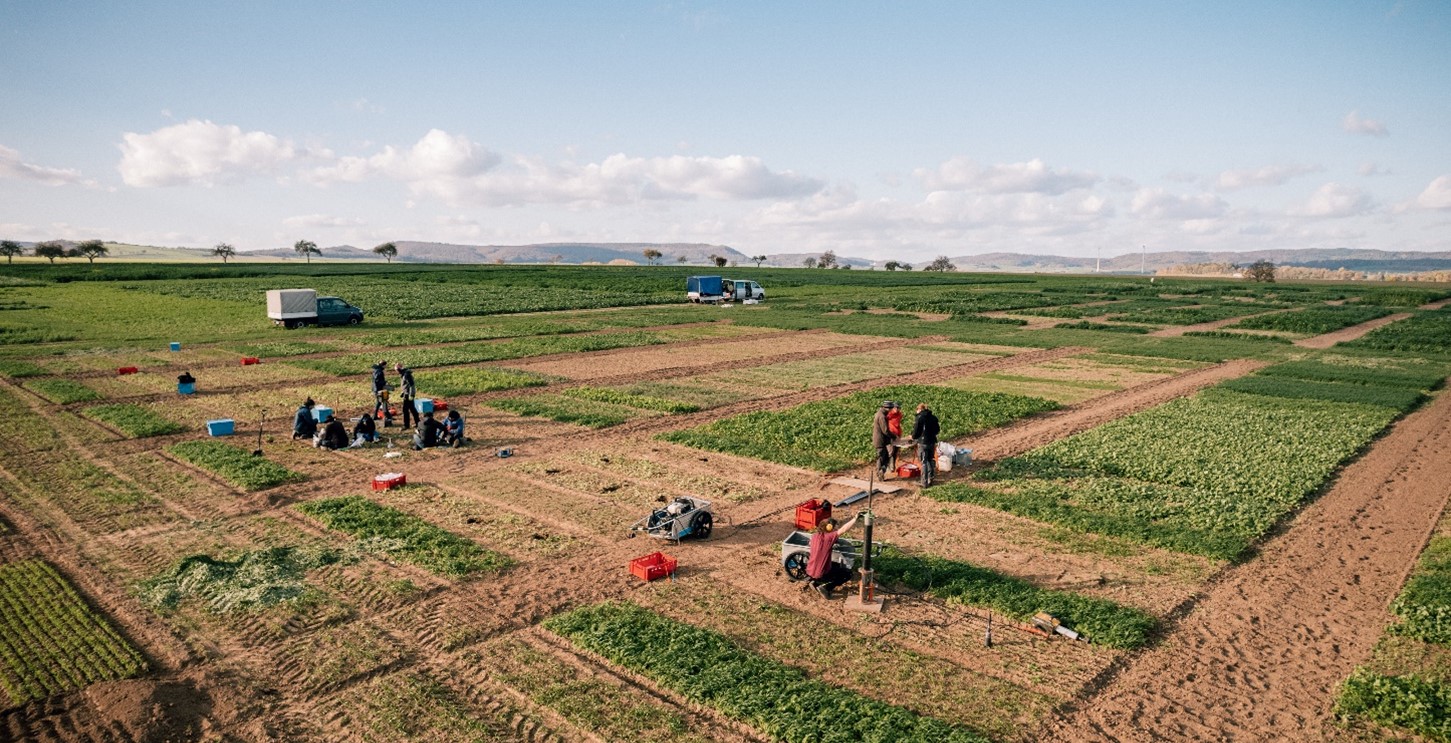Contact: Axel Don and Christopher Poeplau

Soil organic matter is the key indicator of soil fertility. The build-up of soil organic matter removes carbon dioxide (CO2) from the atmosphere and can thus be a climate change mitigation measure. To achieve this, organic matter must be stabilised in soils over the long term. Soil organic matter losses are associated with the emission of CO2 and often also nitrous oxide (N2O) and thus have a negative climate impact. In the Department Soil Organic Matter we work on different scales, from the basics of biophysically controlled stabilisation of soil organic matter to questions of how changes in agricultural management and long-term climate change affect national to global stocks of soil organic matter and thus soil carbon. Part of the Department is also the Germany-wide soil monitoring with the Agricultural Soil Inventory (link, see below) in which we analyse changes in soil carbon stocks at around 3000 arable and grassland sites throughout Germany. The data obtained are directly used for the national emission reporting of the sector LULUCF (see also Emission reporting).

The Agricultural Soil Inventory (BZE-LW) was carried out for the first time in 2011-2018 as a counterpart to the Forest Soil Inventory. In a systematic grid, more than 3,000 cropland, grassland and permanent crop sites were sampled down to a depth of 1 meter in order to obtain a representative picture on soil carbon stocks in agricultural soils in Germany. This data and sample set is the basis for national emissions reporting for greenhouse gases and forms an important resource for research activities at the institute. A repeat inventory has been launched in 2022.
The central research questions of our department are:
- Which agricultural measures can build up soil carbon and how much?
- How should soil carbon accrual and carbon farming be assessed in the context of climate change mitigation?
- How are soil carbon stocks changing in Germany and for what reasons?
- What mechanisms control carbon stabilisation in agricultural soils?
- What are the functions of soil organic matter besides carbon storage?
We use a wide range of methods for our research, with a focus on field research at sites in Germany and Europe. We have a lot of experience in sampling soils and biomass from long-term field experiments, among other things. At the same time, we have strong laboratory analytics for quantification and characterisation of soil organic matter (including fractionation, NIR, DRIFT, stable isotopes) and on microbial processes for carbon turnover (including microbial CUE, mesocosms) (see also Labs). We use various process models (e.g. RothC, ICBM, Monika) and statistical models (e.g. machine learning with random forest, boosted regression trees or support vector machines) to extrapolate results and to calculate scenarios for soil carbon stock changes at national and European scales. To this end, we work closely together with the Modelling, Regionalisation and Data Science department.


![[Translate to English:] [Translate to English:]](/media/_processed_/6/4/csm_titel_CO2Kampagne8_afeea2273e.png)
![[Translate to English:] [Translate to English:]](/media/_processed_/4/1/csm_titel_93px_CO2Kampagne8_9b0f3354d4.png)




